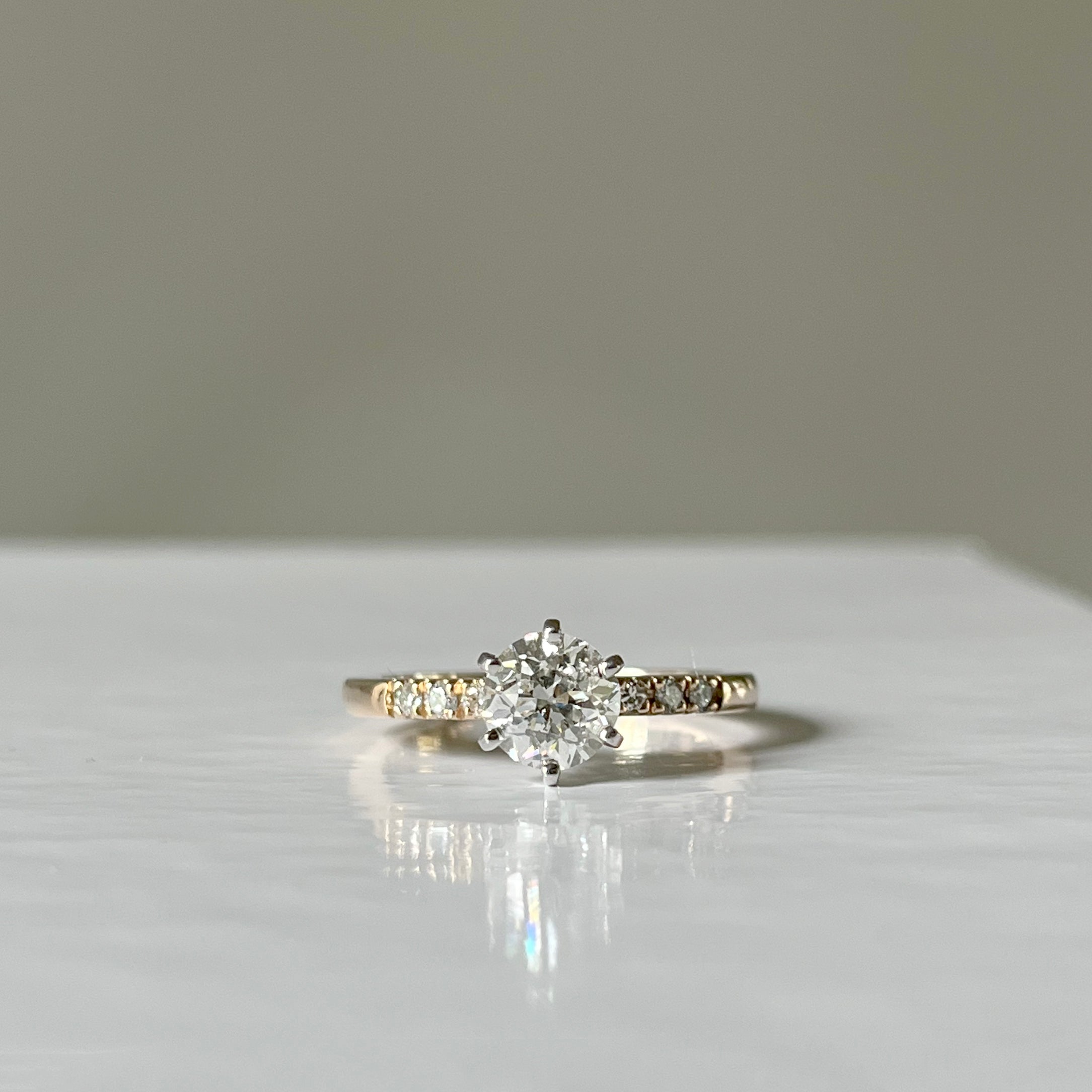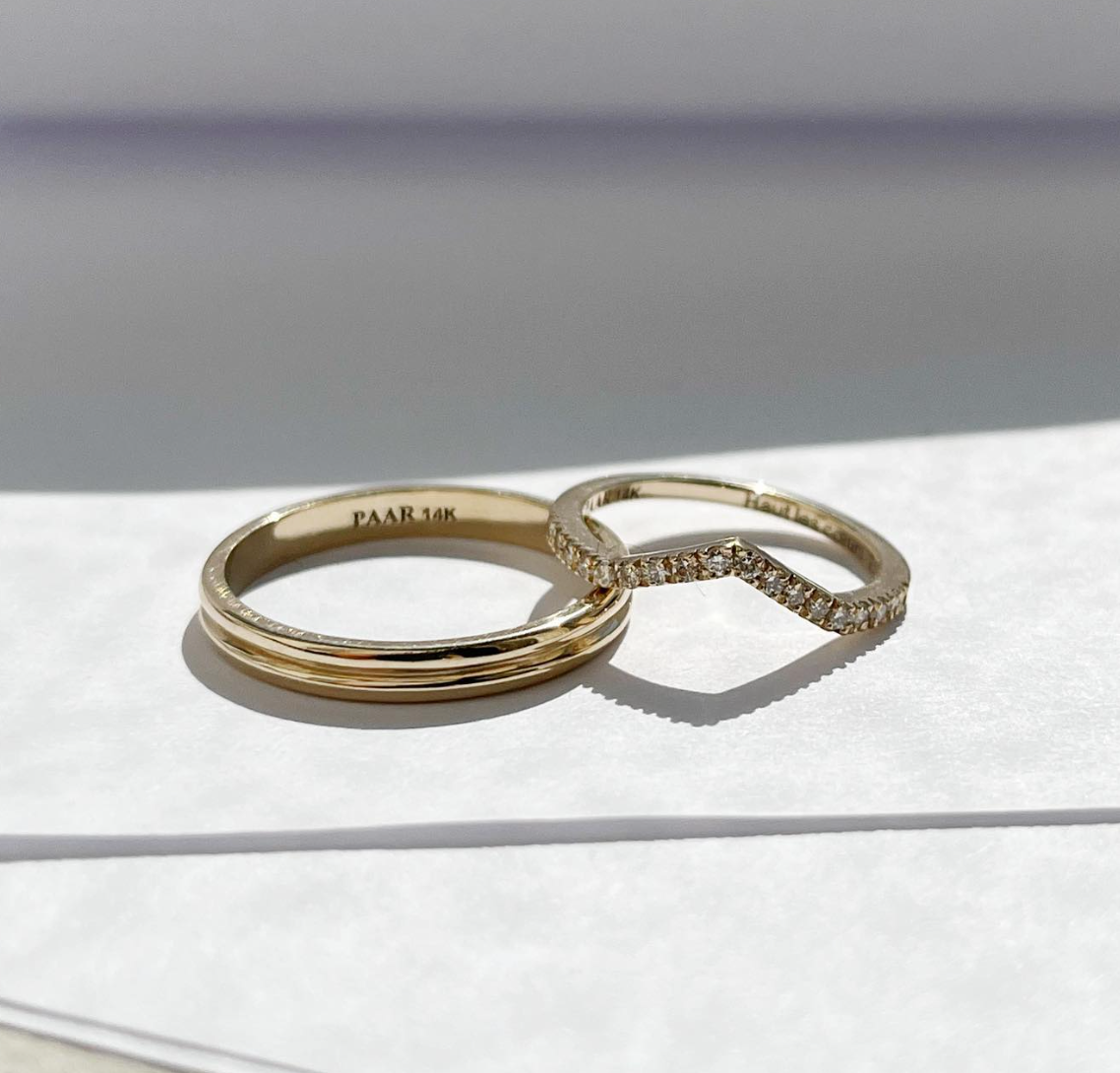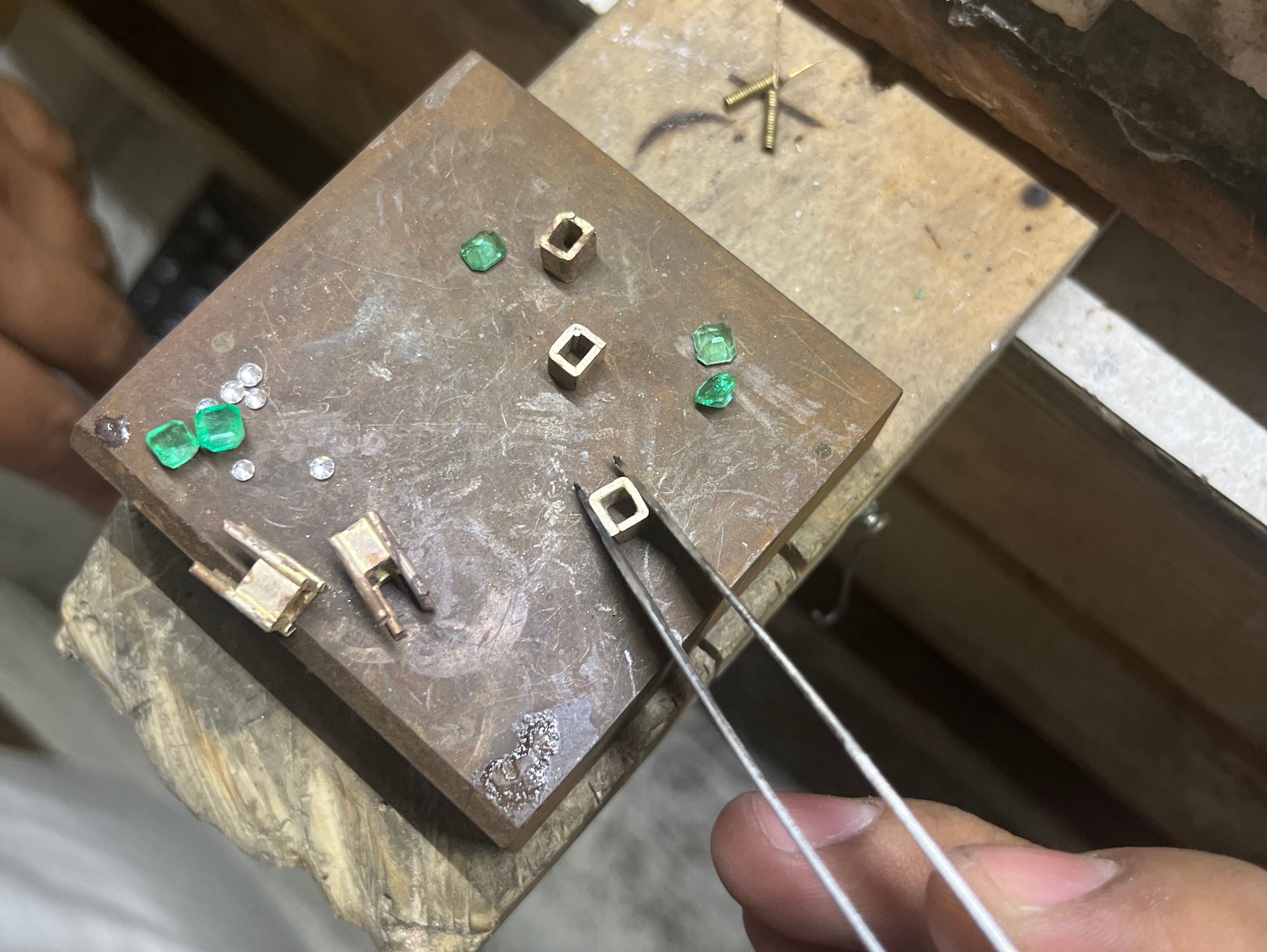
LAB... WHAT? EVERYTHING YOU NEED TO KNOW ABOUT LAB-GROWN DIAMONDS
Unless you've been living under a rock, you've probably heard about lab-grown diamonds.
What are they? How much are they worth? Are they cheaper? Are they more environmentally and socially responsible?
As a jewelry brand pioneering in sustainable practices and cutting-edge technology in crafting artisanal pieces, we answer everything you need to know about lab-grown diamonds.

Today, everything is changing, and even though it might have seemed impossible years ago, jewelry is evolving too. Thus, the latest trend that has been gaining momentum since last year is lab-grown diamonds or Lab Grown Diamonds, but what are they, and what does this mean for the world of jewelry? Paulina Villalpando, creator and designer of PAAR, explains:
Lab-Grown Diamonds: The Basics
According to the Gemological Institute of America (GIA), laboratory-grown diamonds were first produced for industrial use in the 1950s. However, it wasn't until 1971 that gem-quality diamonds, suitable for use in jewelry, were first produced in a laboratory. Despite this achievement, colorless lab-grown diamonds didn't enter the gem and jewelry market in commercial quantities until the mid-2010s, so they are actually quite new compared to mined diamonds and other gemstones that have been used in jewelry for centuries.

Lab-grown diamonds have the same physical, chemical, and optical characteristics as mined diamonds because they are produced under conditions that replicate the heat and pressure necessary to form diamonds in nature. This similarity makes it nearly impossible in many cases, even for the most expert gemologists, to distinguish between a mined diamond and a lab-grown one without the use of highly specialized tools.
"At PAAR, we have seen a shift in recent years. We have more and more customers asking us to make jewelry pieces with lab-grown diamonds," says Paulina Villalpando, creator of PAAR. "We have also seen an increase in the number of suppliers offering them, which a few years ago was unusual."

How to tell if it's a real diamond?
"Laboratory-grown diamonds offer the same characteristics as mined diamonds (both are made from carbon) and can be certified to ensure their authenticity and quality. One of the most common certificates for these diamonds is from the International Gemological Institute (IGI). At PAAR, we offer our customers certified diamonds, which are carefully selected by the team to ensure the best possible quality, according to the needs of each customer," explains Paulina, who holds the Applied Jewelry Professional diploma from GIA, the number one authority in the world regarding gems.

Diamond Market: Past, Present, and Future
The entry of lab-grown diamonds into the market has initiated a transformation in diamond prices and perceptions, similar to the revolution that occurred with cultured pearls. Although in 2021, the penetration of lab-grown diamonds into international markets was still a developing topic, by the end of 2020, the production of these diamonds already represented a significant amount, with an estimate between six and seven million carats, compared to the 52 million carats of natural diamonds extracted that year. "This growth reflects a notable change in the industry, demonstrating the increasing acceptance and demand for diamonds produced in laboratories," explains Paulina.

A Personal Decision
PAAR acknowledges that the choice between a mined diamond and a lab-grown one is deeply personal. "Our approach is to empower our customers to make an informed choice. We offer personalized advice, either by phone or in person at our offices in Colonia Juárez, CDMX, to help everyone select the diamond that best fits their desires and needs," explains Paulina.

Mine or Laboratory? Which Is the More Sustainable Option?
In line with its commitment to sustainability, PAAR encourages the practice of reusing existing diamonds before considering the purchase of a new one. "This approach towards circularity is a central pillar of our philosophy as it will always be the most sustainable option," explains the creator of PAAR. "We offer redesign services for pieces with reused diamonds and also encourage our customers to bring in gold for recycling. This practice not only helps reduce environmental impact but also adds a layer of history and meaning to each piece," she adds.

Before and after re using the diamond of the brooch to make a unique engagement ring.
If you have a diamond or any other precious stone and are interested in creating a custom piece, the PAAR team is ready to assist you in designing a unique piece of jewelry that reflects your vision and values.



